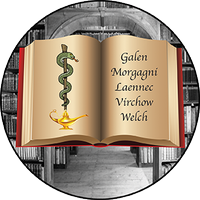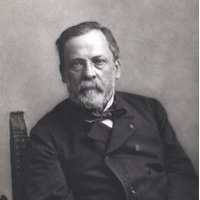
History of Pathology Society
@histpathsoc
History of Pathology Society: Dedicated to the Study of the Pathologic Sciences and to the people and events who widened the sphere of medical knowledge
ID: 1413686330589159424
http://www.hps.wisc.edu 10-07-2021 02:30:00
185 Tweet
1,1K Takipçi
1,1K Takip Edilen

















History of Pathology Society raffaella santi Rafael E. Jimenez MD Roberto Ruiz-Cordero Agnes Loeffler, MD PhD Allen Gown Julie Lemmon dkurtycz MC Aubry, MD So I should have delayed my latest publication and submitted it to USCAP instead? Oh well. I’ll be speaking on the history of forensic pathology at NAME 2025.






















